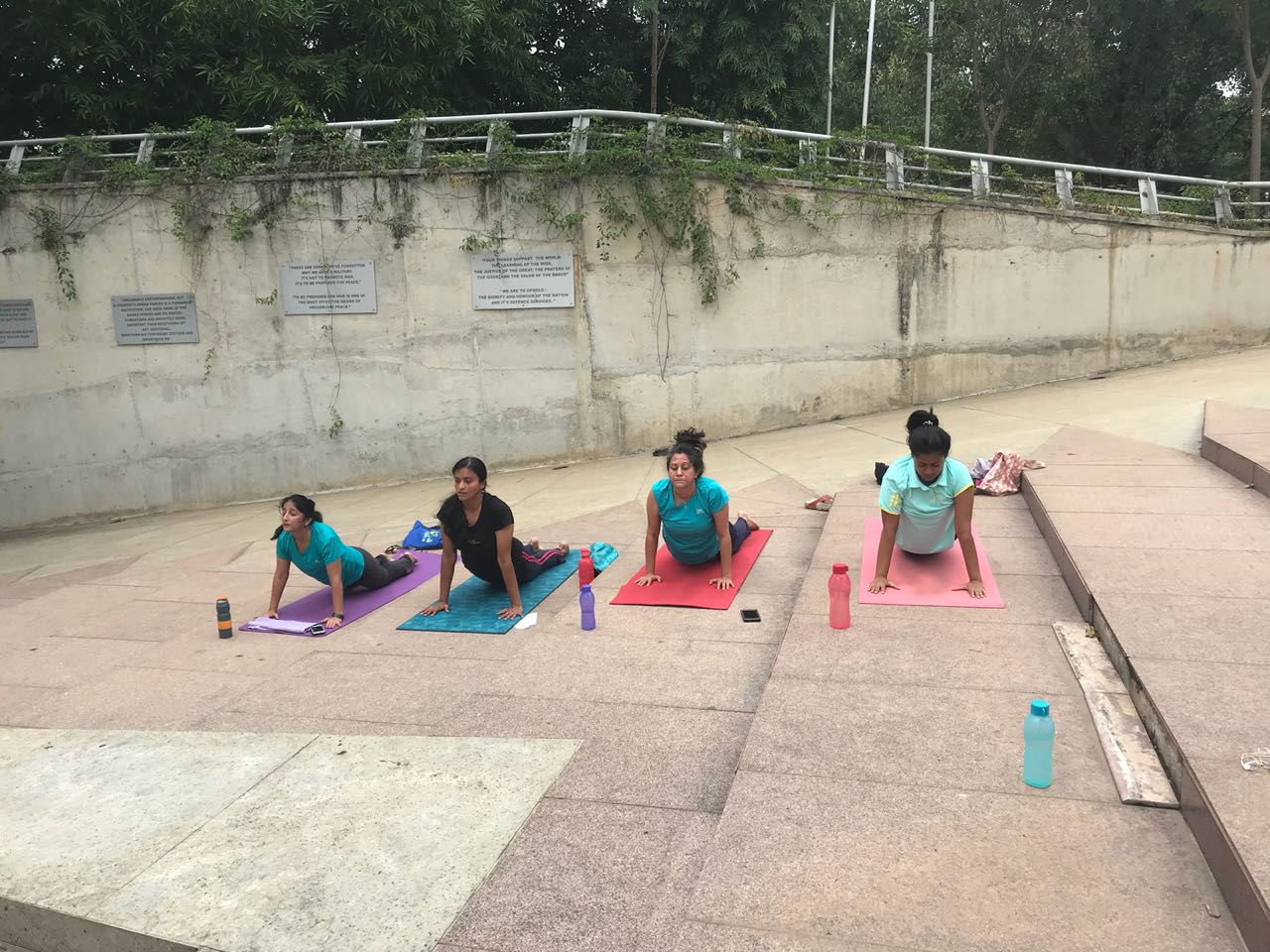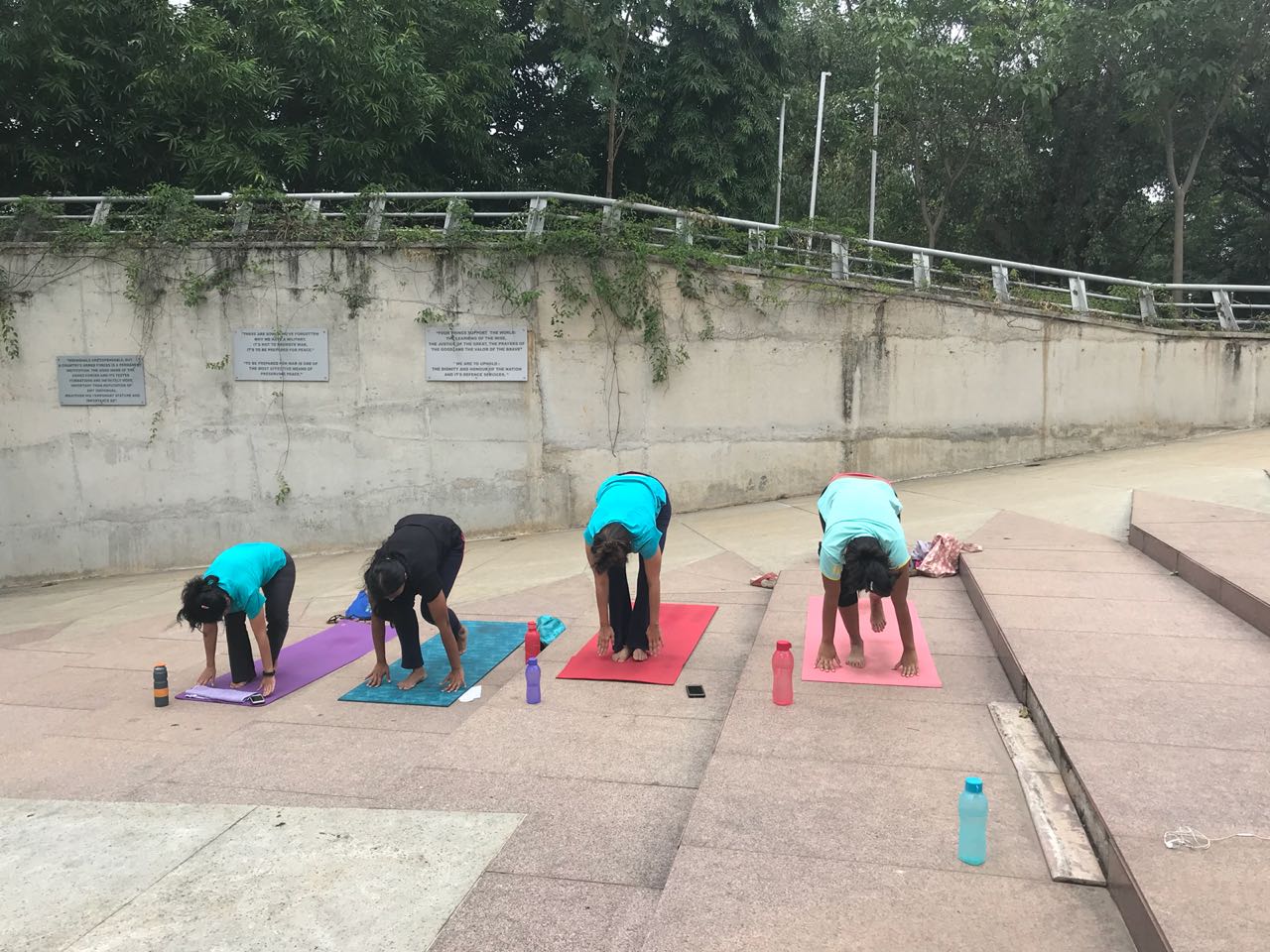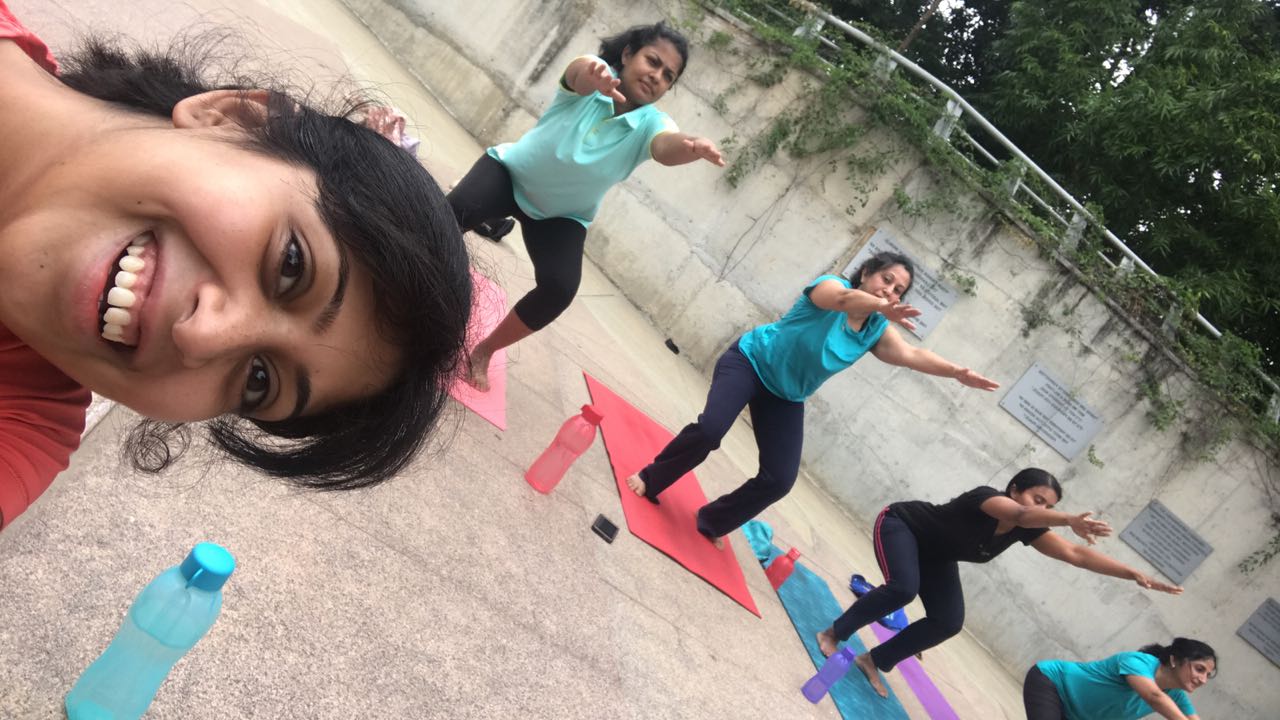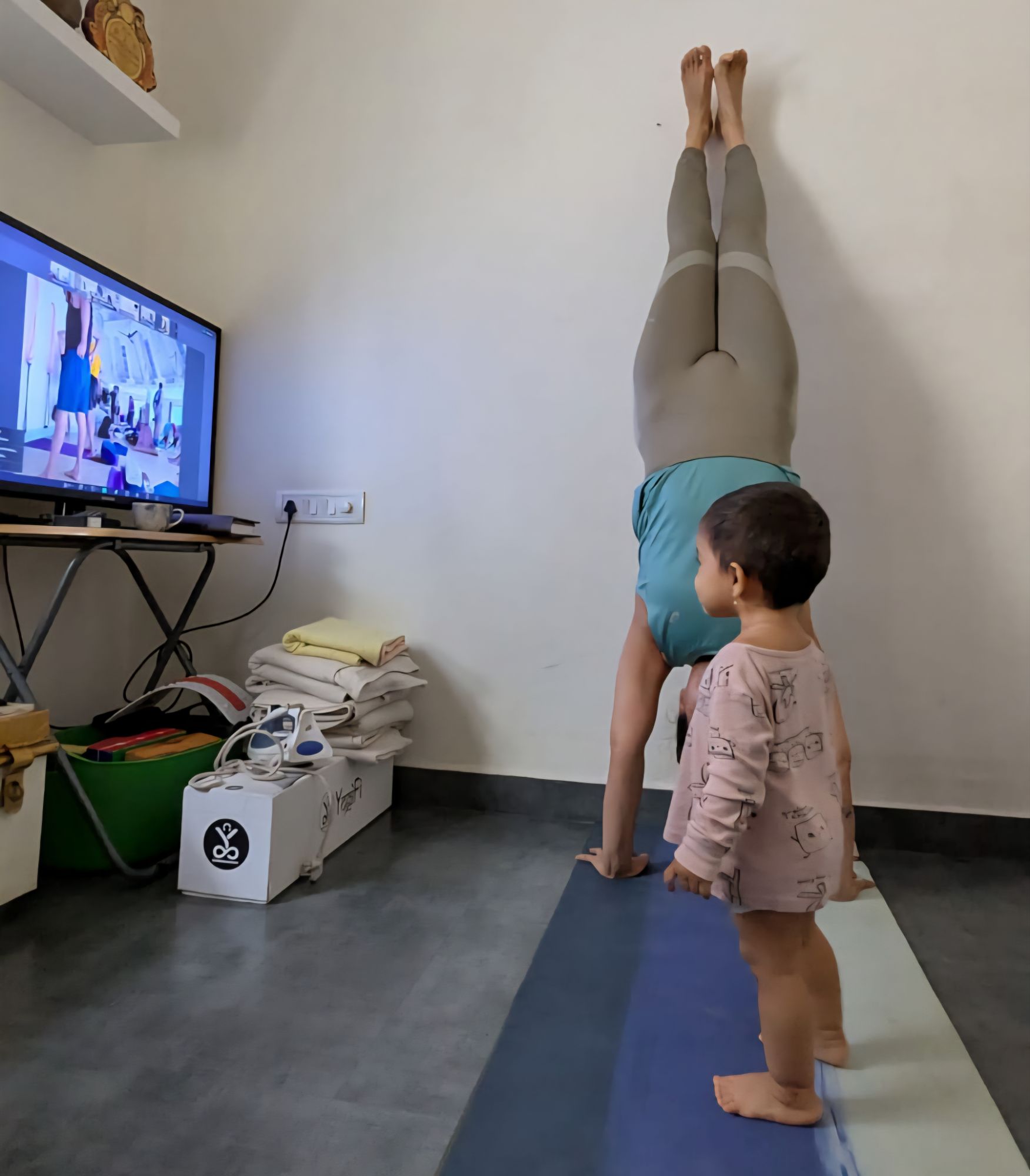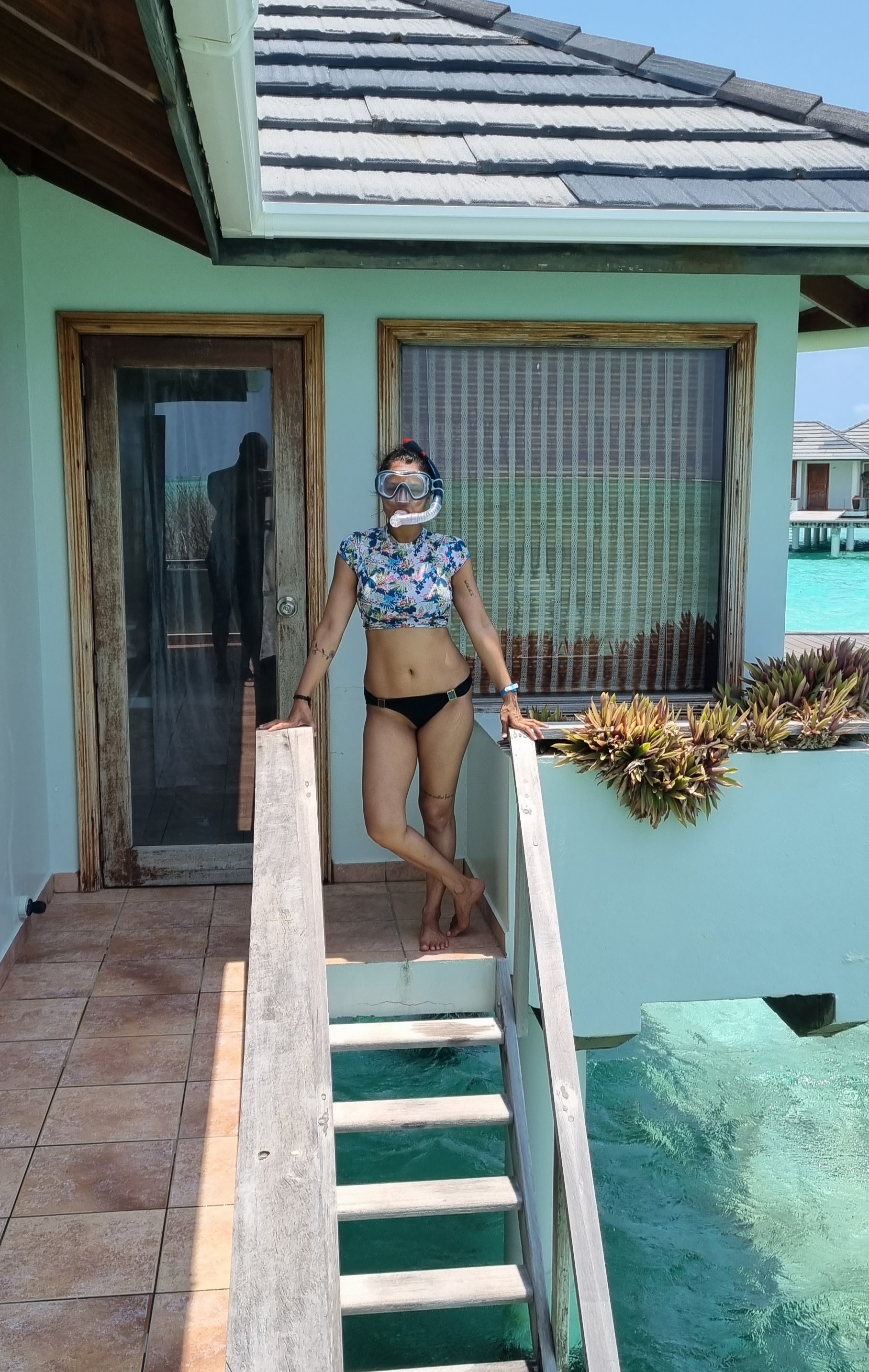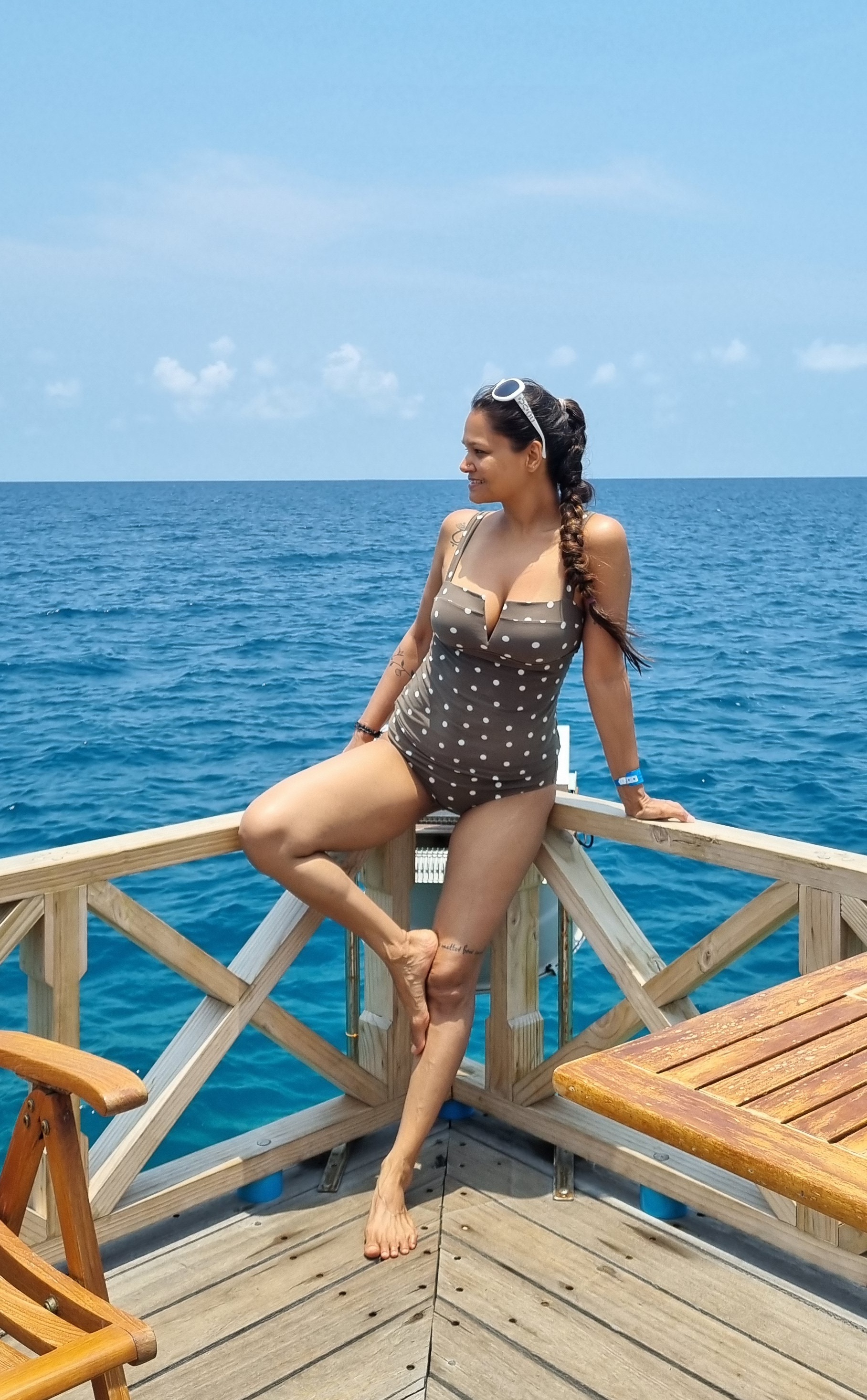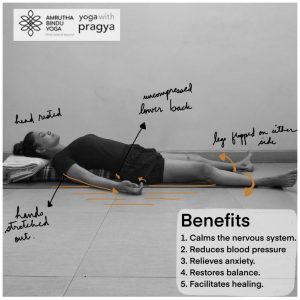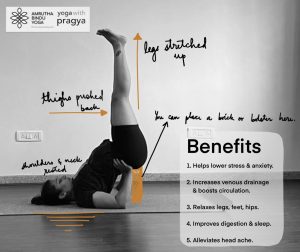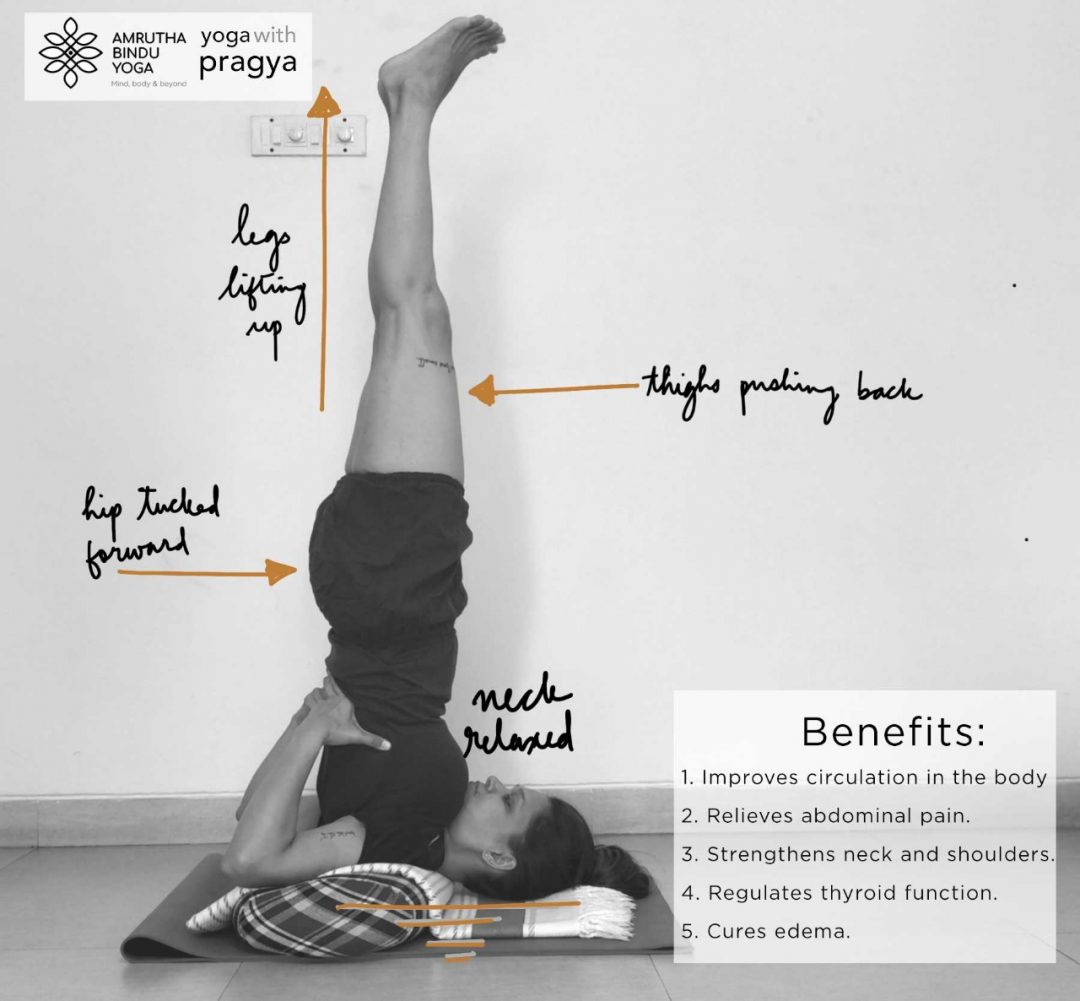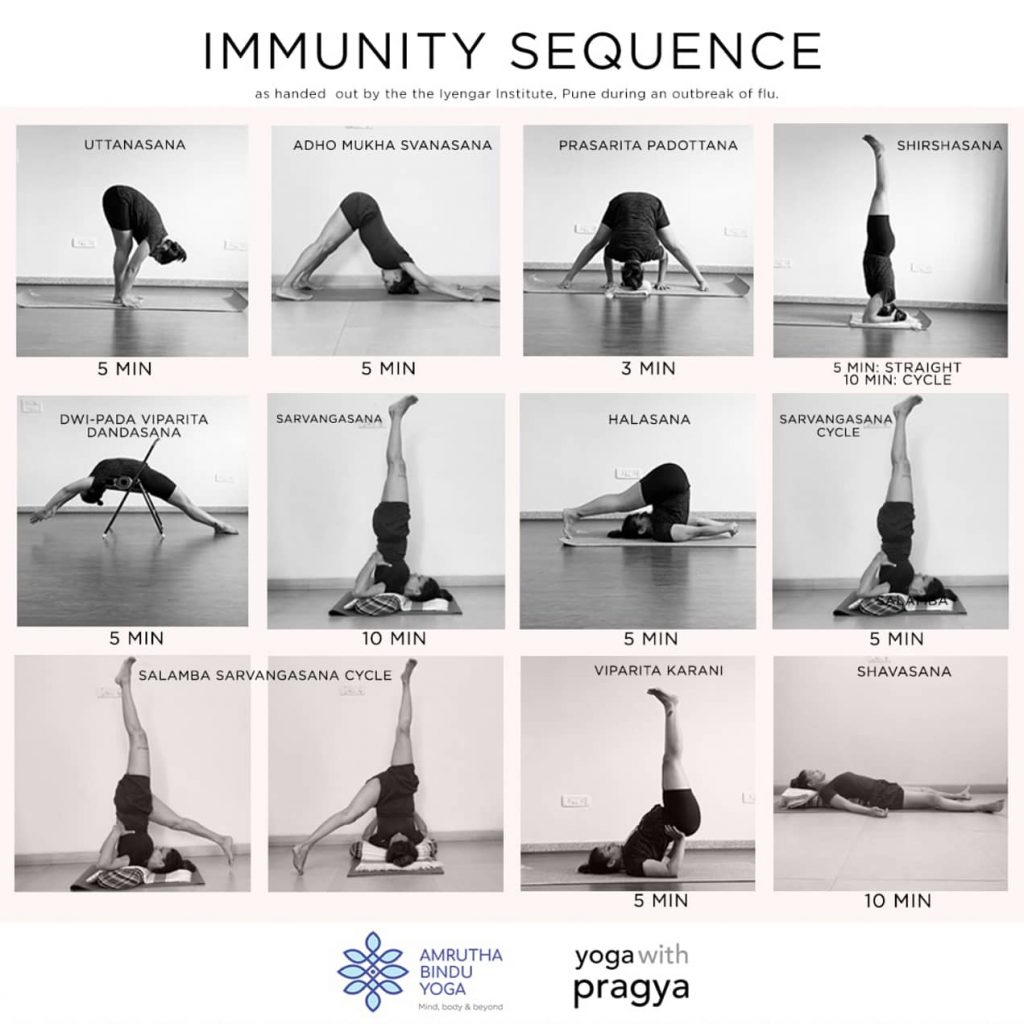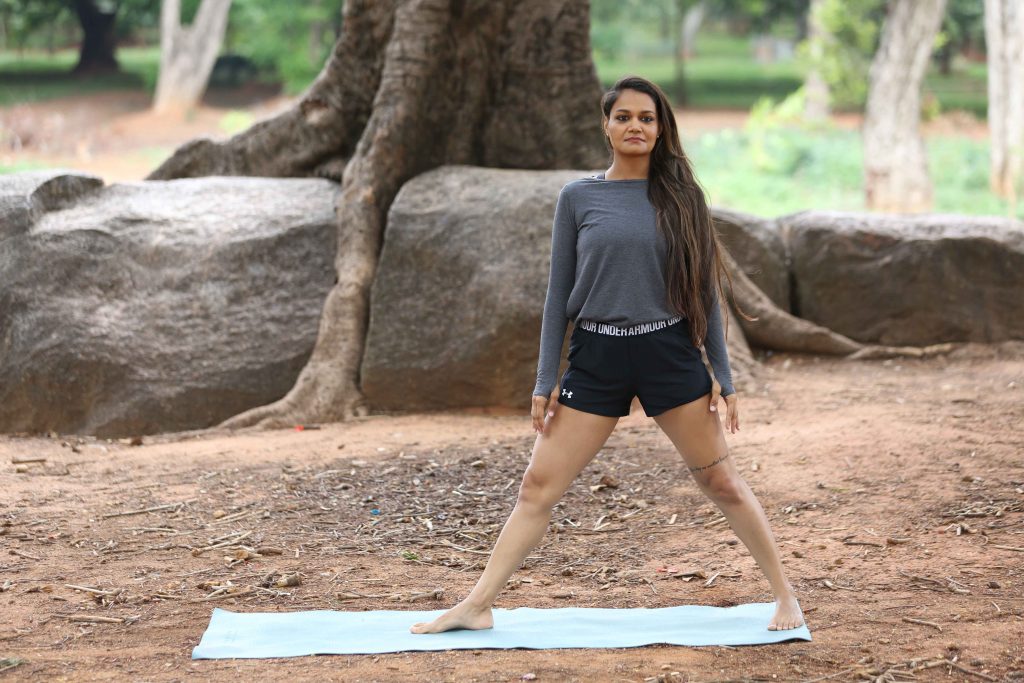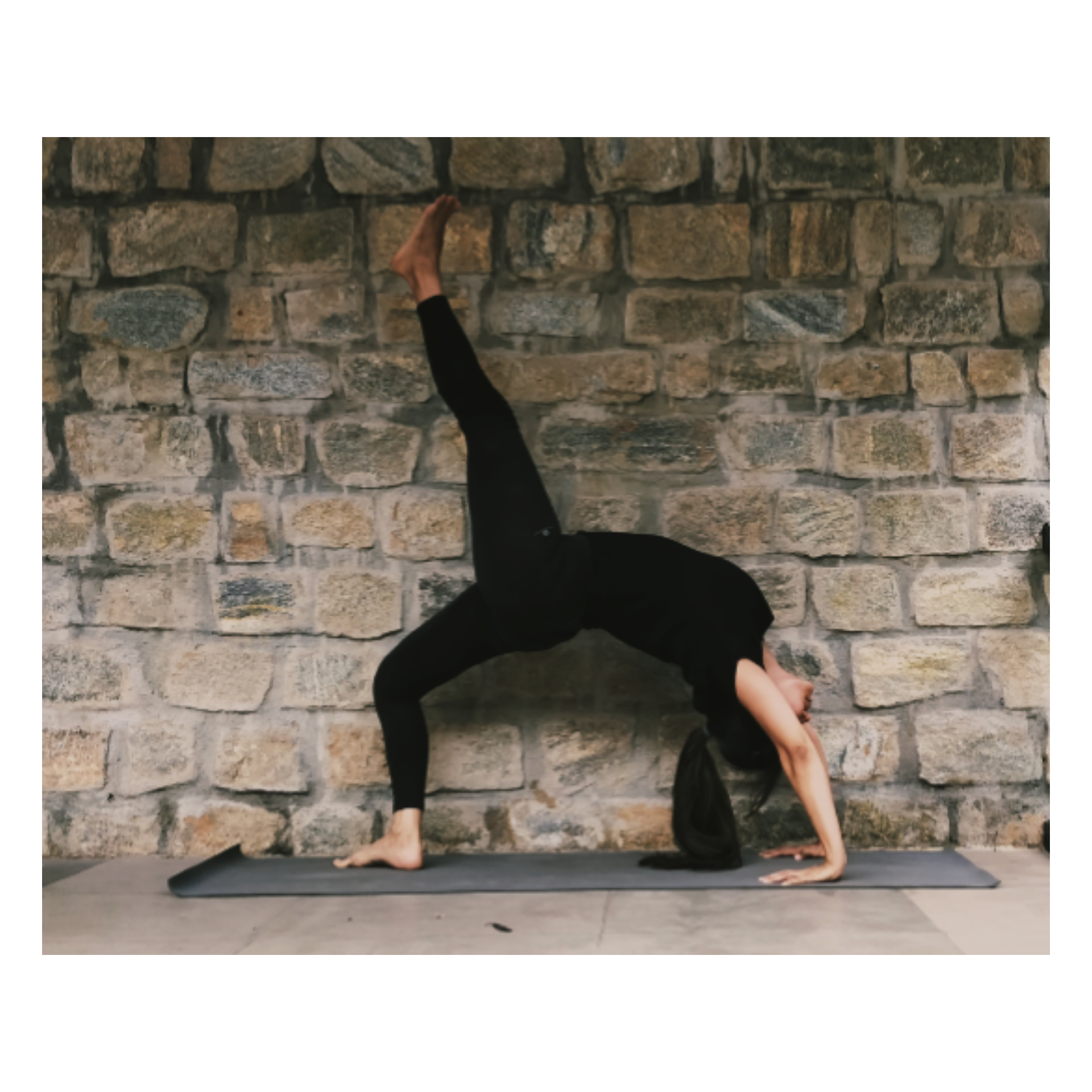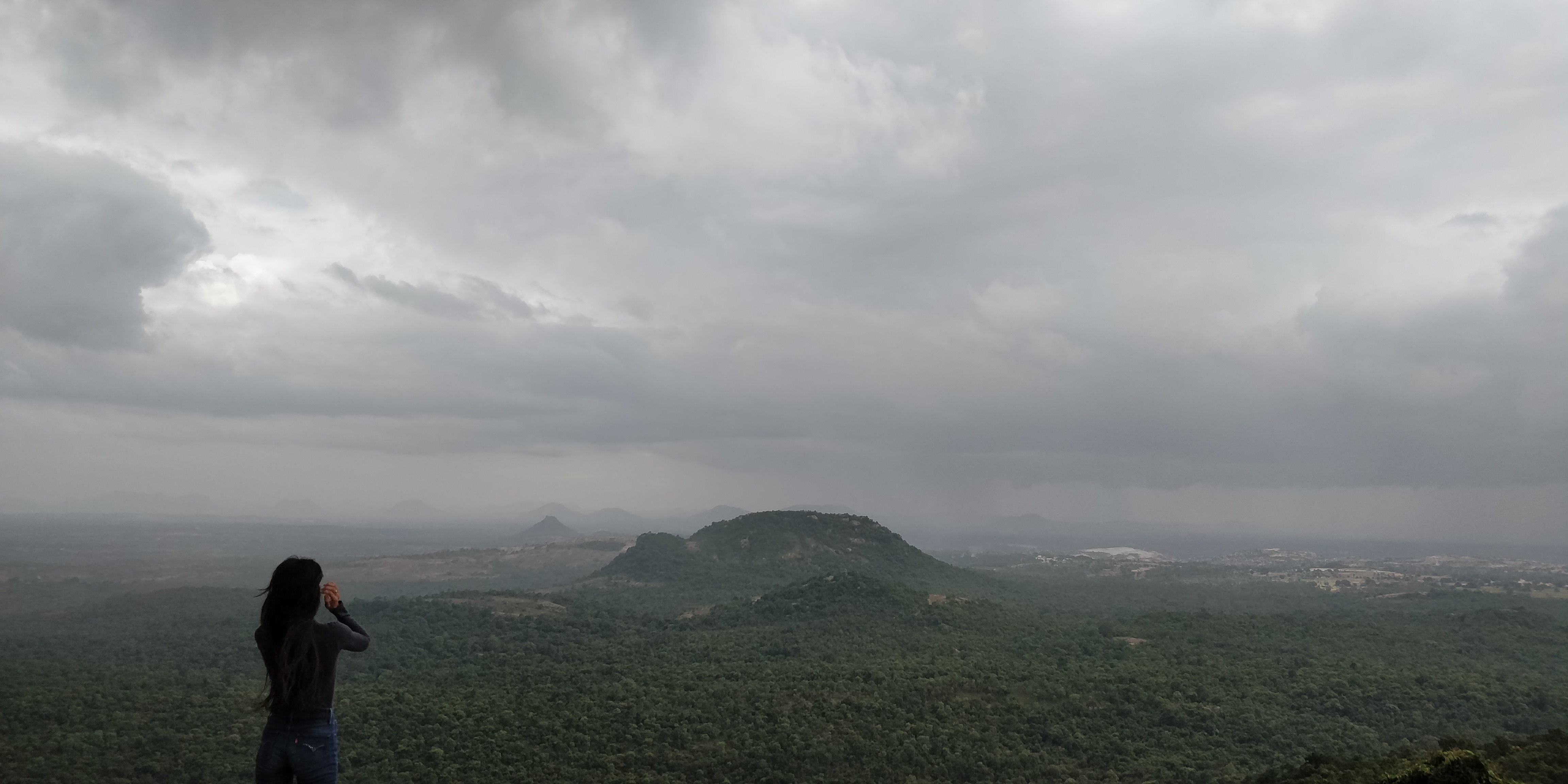The great thing about being a returning student at the Mecca of Iyengar yoga is that you end up making friends who you end up meeting almost every time you come here. I caught up with a friend today and it was great to discuss how far our yoga practice and teaching have come in the last one year.
Chai in Pune is always accompanied by conversation. Long, drawn out, interesting conversation if you have the time.
I’m always interested in talking about self practice with other practitioners. It helps me answer questions about my own practice, and sometimes it helps me ‘figure it out’. When you’re practicing on your own day in and day out, it’s easy to get distracted. Being distracted to the point of not practicing or being uninspired to practice doesn’t really apply to seasoned practitioners. A seasoned practitioner would be someone who has had a self practice for about 3-5 years. That’s when you know that you practice daily because of habit or discipline, and not because it ‘feels good’. Because, to be honest, it’s not always going to ‘feel good’. In fact, it only ‘feels good’ in retrospect. While you’re practicing in the wee hours of the morning, trying to wake up a creaky body, assailed by self doubt and dealing with an overly active monkey mind, you’re not really enjoying anything.
And sometimes, as teachers, you end up with a bad case of the imposter syndrome. While most teachers talk about the absolute joy of teaching and enjoying the energy and interaction with students, a lot of us constantly wonder if we know what we’re doing. There’s always someone who executes the pincha better. Someone who has a larger fan following, better retreats or maybe just published a book. But perhaps the imposter syndrome is more about ego. Comparisons with others. Judging others. Judging yourself.
A month in Pune can be hard. The asanas are the easy part. Most practitioners committed to dropping everything and coming here know what they are doing. But sometimes as you go and grab a bolster you catch a glimpse of someone effortlessly holding an asana that has you break into a cold sweat (yes this happens). Or someone else doing an asana that you don’t dream of (yet) and believe you never will. This is the real test. Do you allow yourself to get distracted and demotivated? Or do you go back to your practice with unbroken focus? I usually get distracted, and then my discipline kicks in and I continue.
And what about biting off more than you can chew. Sometimes as practitioners we demand asanas from ourselves. We contort and stretch and moan our way to what we think is the asana but might just end up in an injury. Frequently we see students who are in a hurry to reach what they consider the pinnacle of practice. They practice 2-3 times a day, drastically change their diets, start to devour books by advanced teachers and learn asanas by these teachers on YouTube. I always tell my students that if you don’t have your addition down pat, calculus is just going to confuse you. So if you haven’t given enough years to the basic asanas, advanced poses and teachers will be detrimental to your practice. Pace means a lot.
These ideas are going to run around in my mind during the rest of my stay here. But it will be interesting to see how they shape my yoga.
And meanwhile in Bangalore….
